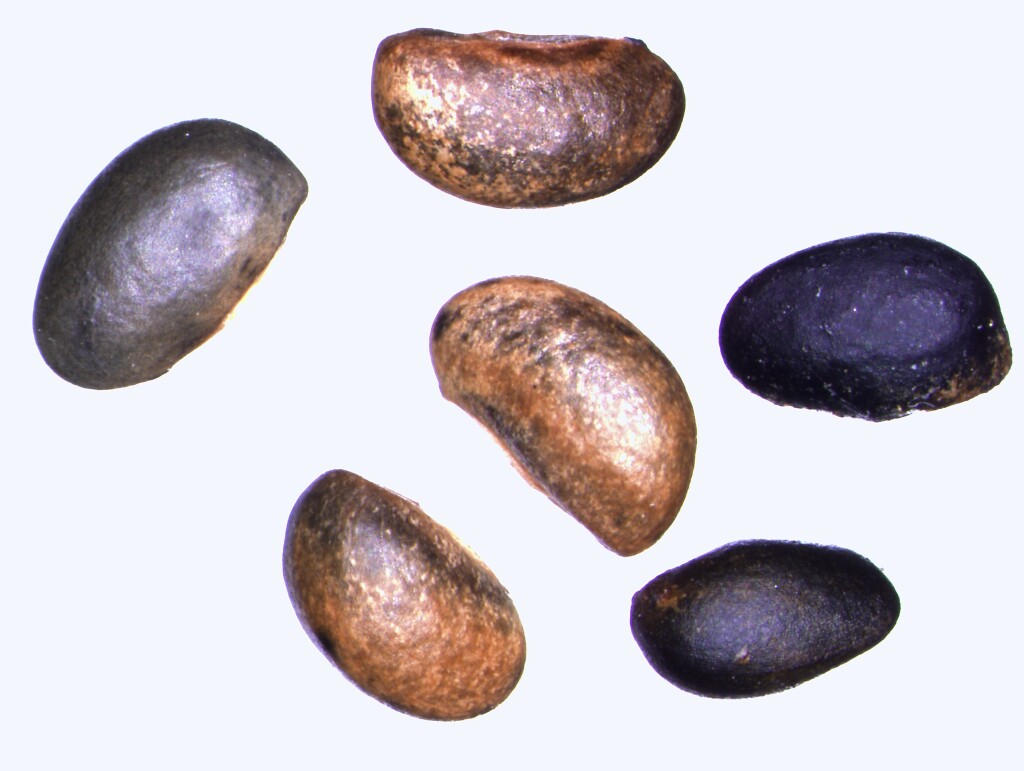Asterolasia trymalioides
F.Muell.Almost prostrate to more or less erect shrub to c. 80 cm high (rarely more), young parts smelling of parsnip when crushed; branches grey to brown stellate-tomentose. Leaves rather thick, narrow-elliptic to narrow-obovate, or suborbicular, 3–9 mm long, 2–4(–6) mm wide, apex obtuse, margins revolute, upper surface glabrous to sparsely hispid (or stellate-pubescent when young), lower surface white to brown stellate-tomentose. Flowers terminal, solitary, closely subtended by reduced floral leaves, sessile; 'sepals' oblong to elliptic, 0.5–2 mm long; petals elliptic, 3.5–10 mm long, yellow, finely stellate outside; stigma compact and hemispherical or with thick tuberculate recurved lobes. Follicles tomentose, not beaked, c. 4 mm long.
EGU, HSF, HNF, VAlp.
The apparent sepals may be bracts and, like some other members of the genus, the flowers may be better described as strictly asepalous.
There are three subspecies, two in Victoria
Duretto, M.F. (1999). Rutaceae. In: Walsh, N.G.; Entwisle, T.J., Flora of Victoria Vol. 4, Cornaceae to Asteraceae, pp. 153–197. Inkata Press, Melbourne.
 Spinning
Spinning

